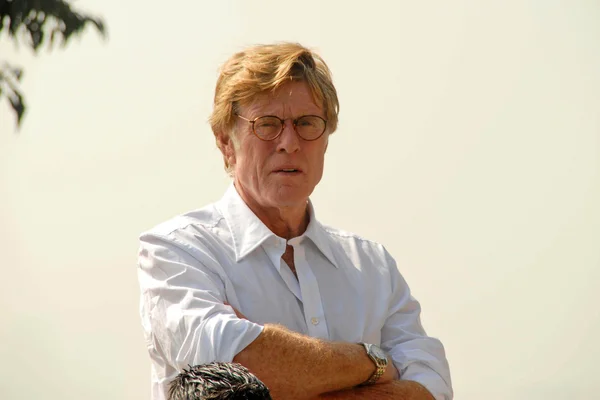
It doesn’t come along every day that anyone redefines both Hollywood genre and the idea of artist intention but Robert Redford just did. His death at 89 leaves behind not only a film legacy that will be remembered forever, but a cultural and environmental legacy that continues to shift the way stories are being told and landscapes protected.
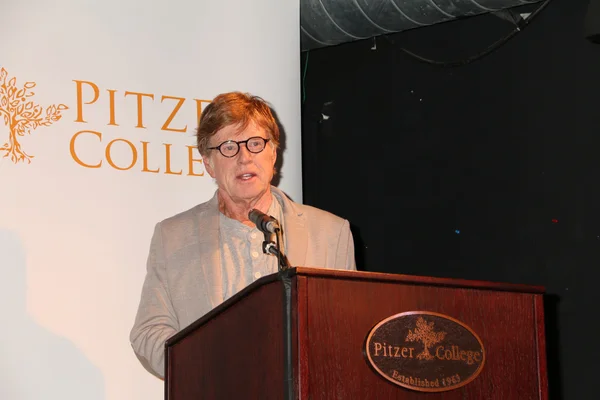
1. From Reluctant Leading Man to Box Office Legend
Redford’s ascent wasn’t tempered in ambition. Early on, he did confess to being “trapped” in the leading-man handsome typecasting. But his work in Butch Cassidy and the Sundance Kid, The Way We Were, and All the President’s Men created a generation. As President Trump, in hindsight, fondly recalled, “Robert Redford had a string of years where there was no one better I thought he was terrific.” Off-camera charm was complemented by an unyielding reserve to avoid being typecast, and frequent portraying of roles that tested himself and his audience.
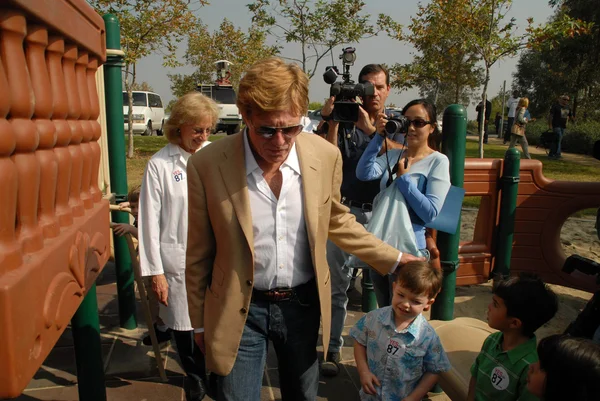
2. The Turning Point Behind the Camera
His directorial debut, Ordinary People, shocked Hollywood in 1980 with Best Picture and an Oscar for Best Director. Redford has claimed, “The sad thing you have to work against, as a filmmaker, is held opinions about what works or doesn’t work.” He regularly confounded them with movies ranging from A River Runs Through It to Quiz Show, films less concerned with subtlety than formula.
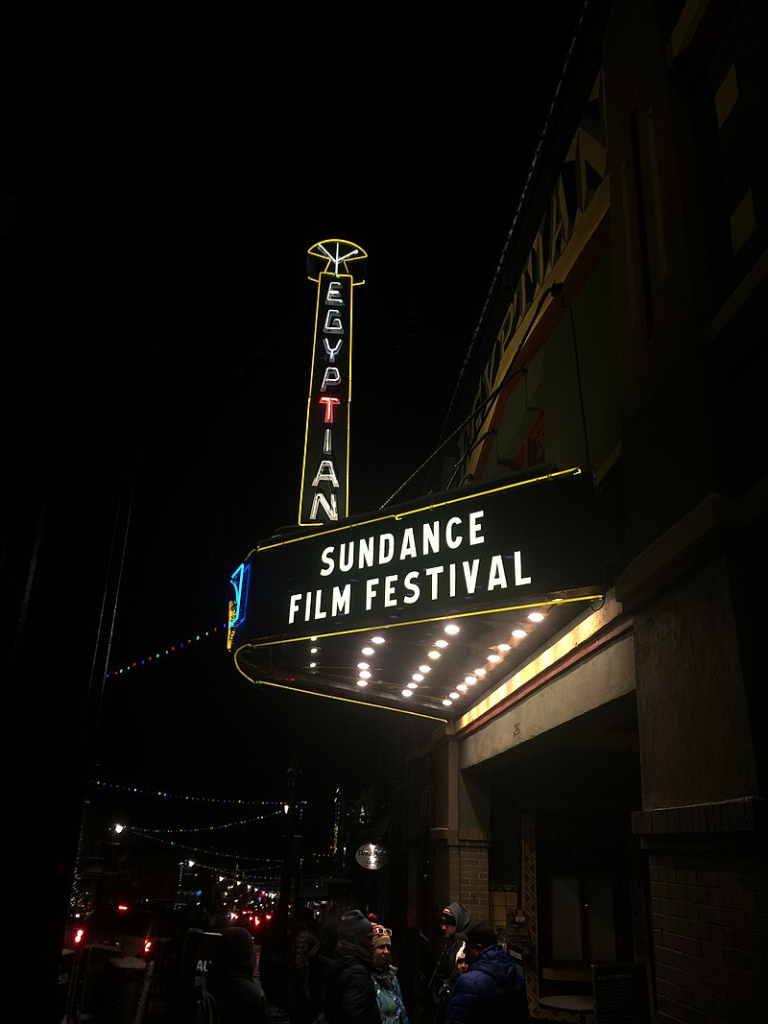
3. Constructing A Home for Independent Voices
Redford launched the Sundance Institute in 1981 with a vision “to nurture independent voices, promote risky, innovative stories, and build a home for artists to create and flourish around the world.” Small labs in the Wasatch Mountains first started out, which later grew into the Sundance Film Festival, presently the largest festival for independent film in the US. Filmmakers like Quentin Tarantino, Chloé Zhao, Ryan Coogler, and Steven Soderbergh found their footing there. As Darren Aronofsky recalled, “I’d argue there is no greater mentor in the world of filmmaking.”
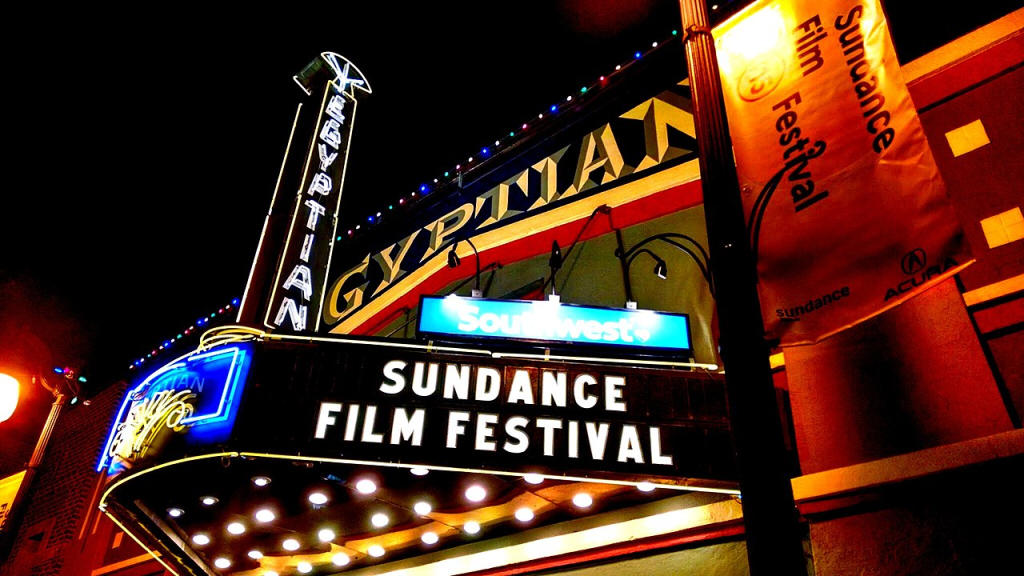
4. Sundance’s Cultural Earthquake
The turning point for the festival was in 1989 when Sex, Lies, and Videotape was sold to Miramax, cementing Sundance as a haven for unconventional filmmaking. Yearly, it screened such films like Reservoir Dogs, Clerks, Little Miss Sunshine, and CODA, Best Picture winner. Redford has recalled Richard Linklater screening Before Sunrise at the festival: “I got infinite points with my parents and family I was set for life with the family.”
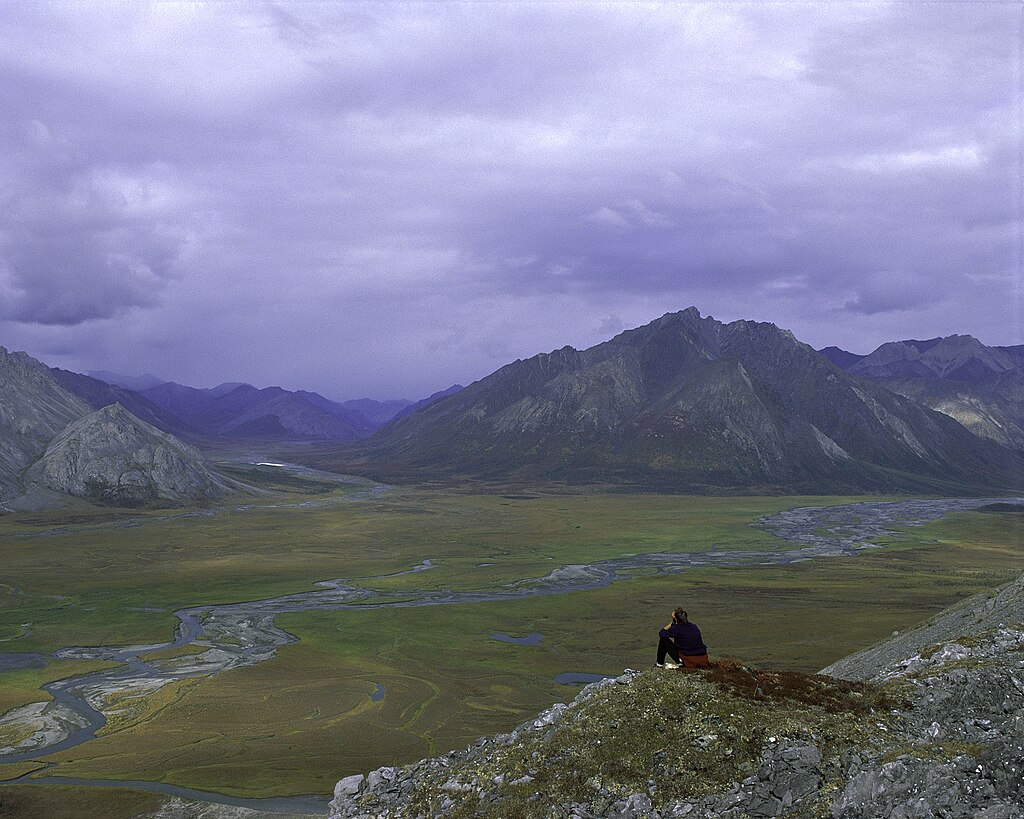
5. The Environmentalist Who Never Gave Up the Struggle
Redford’s activism for the environment stretched across half a century as an NRDC trustee. He worked to establish the Arctic National Wildlife Refuge, resisted devastating mining proposals, and advocated against climate change. Manish Bappa, NRDC president, described him as “our biggest champion and our guiding light.” Experience fueled his activism working on California oil fields during his teenage years and seeing the devastation inflicted on the land up close.
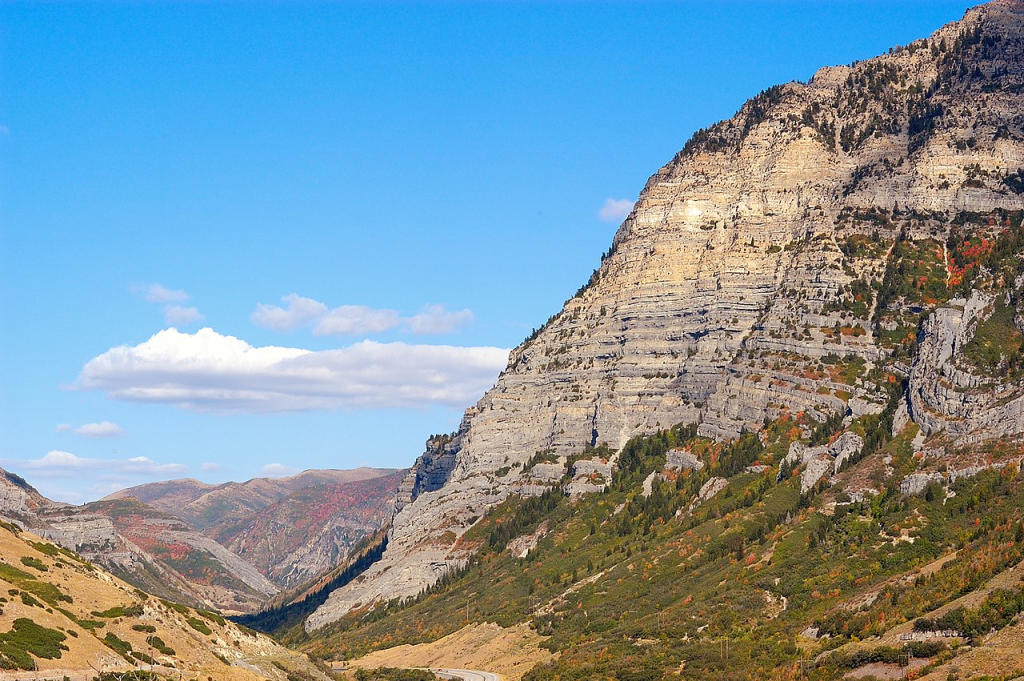
6. Utah: His Sanctuary and Stage
Redford moved to Utah in 1961, paying $750 for two acres of Provo Canyon land, on which he constructed his own cabin. In 1969, Redford bought the Timp Haven ski resort and renamed it Sundance Mountain Resort, with a pledge “to develop a little and preserve a great deal.” This became his residence, as well as the center of his artistic and conservation activities. As Utah Governor Spencer Cox described, “He loved our landscapes and left a legacy that made Utah home to story and imagination.”
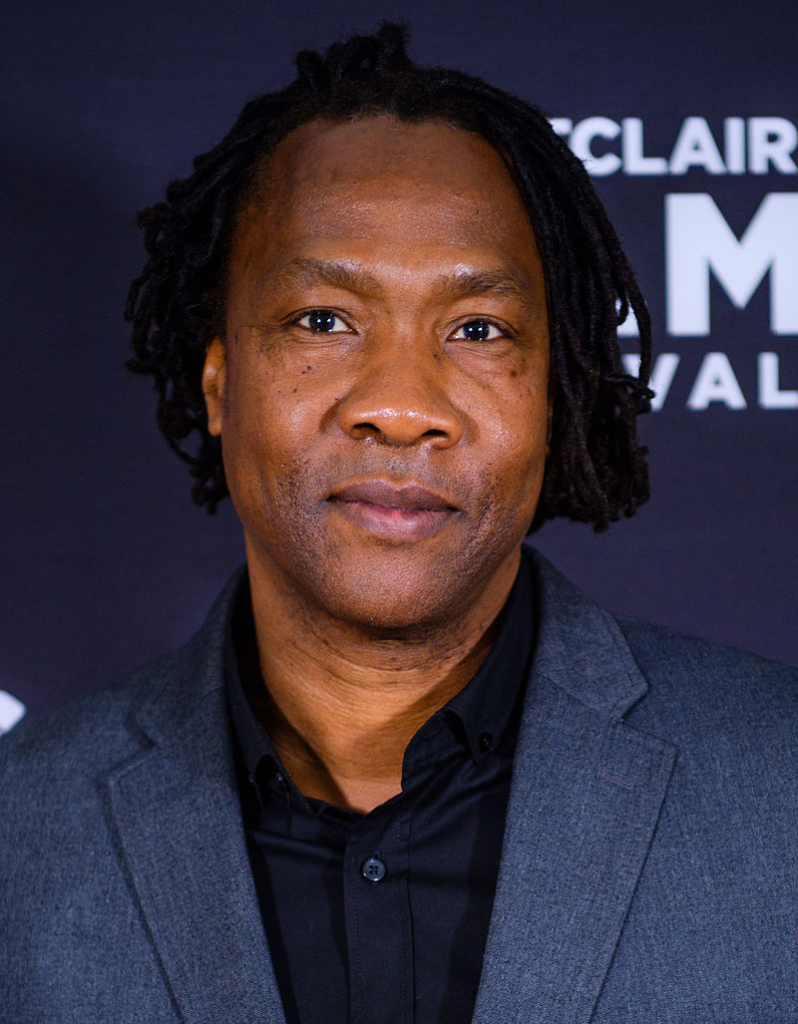
7. Mentorship as a Lifelong Practice
Redford’s mentoring was as personal as it was prolific. He storyboarded scenes for nervous first-time directors, played catch between lab sessions, and offered candid, practical advice. Roger Ross Williams remembered Redford telling him, “Lean into your documentary experience. You’re way ahead of the game.” These moments, often away from cameras, built trust and launched careers.
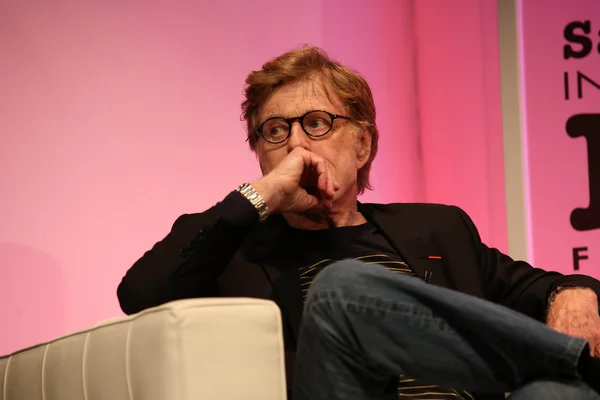
8. A Legacy That Blends Art and Advocacy
Long before celebrity endorsement of a cause was the thing to do, Redford brought activism into his persona. He advocated for the rights of Native Americans, was a supporter of public lands, and utilized his fame to make “helping people cool.” According to the Sundance Institute, “Bob’s vision launched a movement that has inspired generations of artists and redefined cinema in the U.S. and around the world.”
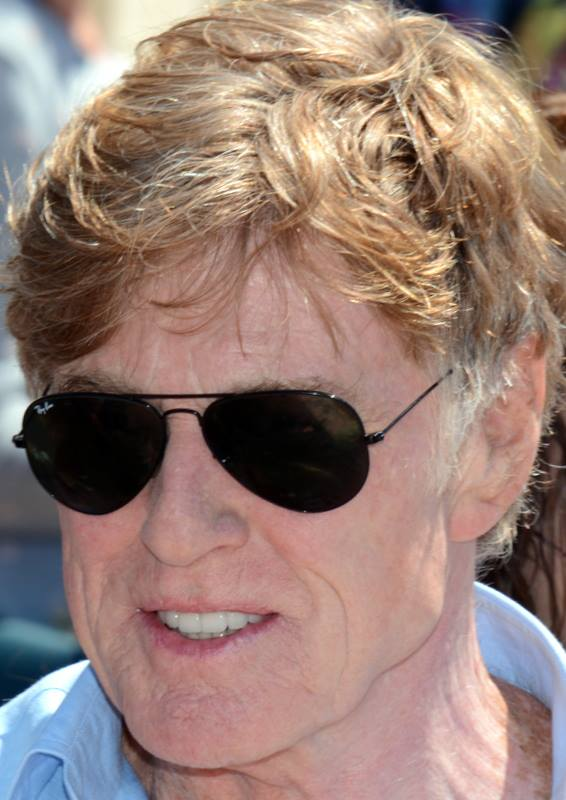
Even in his later years, Redford resisted the notion of retirement. “There’s this life to live, why not live it as much as you can as long as you can?” he told us in 2018. That devotion of living life with reckless abandon, of creating on a heroic scale, and of sharing with generosity is the greatest indicator of his legacy.


